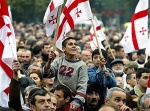Courageous Acts that Sparked Non-Violent Peaceful Revolutions in the Name of Peace, Dignity, Justice, & Equal Rights
(Key Events since World War II)
FORWARD
From the Civil Rights Movement in the 1950s to the case of the Tunisian fruit vender Mohammed Bouazizi in 2011, there have been numerous cases of nonviolent peaceful acts that led to larger movements for equality and justice. Below is a list of those individuals and groups who felt compelled to act selflessly in the name of something larger than themselves, inspired to create positive change by nonviolent peaceful means.Key Events since World War II:
USA: Rosa Parks and the beginning of the American Civil Rights Movement - 1955
By 1955, racial segregation still existed across large sections of American society. For both black and white Americans it was believed that the oppression of an entire section of American society, codified through state and local laws commonly referred to as Jim Crow laws, ran contrary to America?s core principles. For many years before 1955, black Americans had been informed, organized, and committed to changing their situation for the better, but they knew they could not do it alone. Rosa Parks would create the spark that called the attention of an entire nation and inspired it to change.On December 1, 1955, Rosa Parks, a seamstress on her way home from work, refused to abide by the city of Montgomery?s law segregating public buses. When Mrs. Parks refused to give up her seat for a white passenger, she was arrested. Her single act of civil disobedience, supported by a belief in equal treatment for all, was both spontaneous and courageous. She captivated the spirit of a nation that inspired the African-American Civil Rights Movement and the end of segregation in America. By December of 1956 the U.S. Supreme Court ruled Montgomery?s segregation laws unconstitutional and the buses were racially integrated. In 1996, Mrs. Parks was awarded the Presidential Medal of Freedom by President Bill Clinton, the highest honor of the executive branch.
USA: Martin Luther King Jr.´s march on Montgomery and "The Freedom Highway" 1954-56
The American civil rights movement is one of the most celebrated and prominent examples of non-violent protest. The goal was to break down the walls of racial segregation and bring an end to racial injustice.Martin Luther King Jr. was perhaps the most well-known civil rights activist. King helped lead the bus boycott of 1955-1956, which is considered to be the first great African-American non-violent demonstration. It ended after 382 days, when the U.S. Supreme Court declared the laws requiring segregation on buses unconstitutional. In 1954, he became the youngest ever recipient of the Nobel Peace Prize.
The civil rights movement found strength and identity in southern gospel music and gospel music in turn fed off of the spirit of the movement. The movement?s most inspiring song was ?We Shall Overcome,? and, feeling inspired by King?s march from Selma to Montgomery, the gospel band The Staple Singers felt inspired to record the album "Freedom Highway".
Tibet: The Dalai Lama and the "Five Point Peace Plan" - 1959 to Present
The Chinese occupation of Tibet has drawn numerous allegations of human rights infringements against the Tibetan people. Because of strict media restrictions, the scope of the abuse is difficult to determine.Exiled to India in 1959, Tenzin Gyatso, the 14th Dalai Lama, has worked tirelessly to bring peace and human rights to the people of Tibet. His teachings are followed by millions worldwide and are viewed by many as a modern day icon of peace and positive possibilities.
The Dalai Lama's work has raised awareness for the plight of the Tibetan people and high profile international support, notably his Five-Point Peace Plan to resolve the conflict with China, for which he won the 1989 Nobel Peace Prize. He has fostered a Buddhist revival in Tibet, with leaders now promoting the peaceful ideals of the religion in political dissidence.
Tibet's struggle for freedom from China is ongoing, however there is firm belief that the practice of the Dalia Lamas teachings will result in a brighter future for Tibet.
Poland: Lech Wałęsa and Polish Solidarity ? 1980
It was obvious by the late 1970s that the workers? paradise that was supposed to exist on the east side of the Iron Curtain was nothing more than propaganda. In an effort to draw attention to workers? rights and improve working conditions, on 14 August, 1980 Lech Wałęsa climbed the fence of the Lenin shipyard in Gdansk to join his fellow workers in a strike aimed at bringing about positive change through the creation of independent trade unions. Less than one month later, the Polish government agreed to sign the ?Gdansk Agreement,? thereby giving workers the right to strike and organize themselves independent of managers. Despite running the risk of being arrested, as he later would be on December 13, 1981, Wałęsa became the head of a national federation of unions, named Solidarność, or ?Solidarity.?Although the Solidarity movement would later be outlawed in December 1981 under General Wojciech Jaruzelski, the movement would prove to be invaluable at the end of the decade for the entire region as a positive example of what peaceful, self-organized groups could accomplish in efforts for freedom and justice. Part of what made Solidarity so successful was its vocal renunciation of violence as well as its ability to appeal to all sections of Polish society: workers, academics, and religious figures alike.
Burma: Aung San Suu Kyi and the Non-violent Struggle for Democracy in Burma - 1988 to Present
After living most of her life in Oxford, United Kingdom, Aung San Suu Kyi left her husband and family and returned to Burma in 1988 with only the intention of taking care of her aging mother. The daughter of the Burmese national hero General Aung San, Suu Kyi found herself catapulted from a quiet life in Oxford to becoming the leading voice of the pro-democracy Burmese opposition to dismantle a twenty-six year dictatorship, which called for a multiparty democracy and national unity through nonviolent means.In the 1990 elections, Aung San Suu Kyi’s party, the National League for Democracy (NLD), won the parliamentary elections by a landslide victory. However, the military-led government ignored the results and arrested the NLD leadership, enforcing decades of exile, prison terms, or house arrest, which included15 years of house arrest for Augn San Suu Kyi.
Despite what has reported to be intense and brutal oppression, non-violent political opposition persisted in Burma. This includes the Saffron Revolution in September 2007, where protests led by Buddhist monks grew to over 100,000 people in less than a week.
Burmese youth quickly utilized social media to internationalise the Burmese struggle. In response to immense public pressure, the Burmese government opened dialogue with Aung San Suu Kyi, and in 2010 she was finally released from house arrest. While the Burmese struggle for democracy is far from over, in 2012 Aung San Suu Kyi was elected to the Burmese parliament and has been allowed to take her position in office. Burma is finally taking steps toward democracy.
Chile: Ending Augusta Pinochet´s Bloody Dictatorship at the Ballot Box ? 1988
Despite the violent nature of Auguste Pinochet´s regime in Chile, an opposition movement mobilized against the brutal dictatorship and on May 11, 1983, Santiago exploded in protest. The opposition organized one protest each month until Pinochet eventually deployed troops to the capital in order to end the protests, opening fire on the peaceful protestors.For the next three years, resistance organizers pressed on relentlessly, engaging in non-violence training, public demonstrations, and grassroots protest, and employing tactics such as slowdowns, boycotts, and labor strikes. Creative strategies were employed?including banging pots and pans from windows, artistic protest and arts workshops, and singing in the streets?with remarkable success, prompting Pinochet to actually ban singing.
With an upcoming election in 1988, Genaro Arriagada mobilized the ?Command for No? movement, coordinating an army of volunteers to register voters and persuade citizens to participate despite the threat of detention and torture at the hands of the brutal regime. On the October 5, 1988, voters cast ballots to remove Pinochet from power, ending the reign of a violent dictatorship and restoring democracy to Chile after 15 years of authoritarian rule.
China: The Protest at Tiananmen Square and the "Tank Man" - 1989
From April 15 until June 4, 1989, Tiananmen Square played host to the largest political protest in Communist China?s history.On April 15, 1989, thousands of students flocked to Tiananmen Square to express their sadness at the death of reformist General Hu Yaobang, and their dissatisfaction at the pace of political change in China. In the weeks that followed, thousands more joined the protest in Beijing and inspired countless movements around the country.
The government?s appeal for compromise was unsuccessful and, when the demonstrations showed little sign of subsiding, the Chinese government decided on another course of action. From the night of June 3 into the early hours of the following day, People?s Liberation Army tanks pushed into the square in an effort to forcibly remove the protestors. By 6am on June 4, the streets around Tiananmen had been cleared, but not without meeting resistance by one brave man, who obstructed the path of the advancing tanks. The image of an unknown man has become an enduring and symbolic image of the power of one peaceful act in the face of violent oppression.
Both the Chinese people and government struggled to deal with the events of April to June 1989, but the bravery of the protestors as well as ?Tank Man?s? act of defiance inspired a generation. Less than a year after the events in Beijing, people across the Soviet Bloc poured into the streets demanding political freedom.
German Democratic Republic: The Monday Meetings in Leipzig and the Peaceful Unification of Germany - 1989
For 40 years, the citizens of the German Democratic Republic (GDR) were provided with no outlets through which to express their political or social grievances. But in 1979, deep in East Germany, the residents of Leipzig founded a tradition which more than ten years later would change their lives forever.Every Monday night, the local people would meet in the Nickolaikirche to pray together and talk politics. And every Monday night, as they left the church, they were given the same warning by police; to make their way home and to put an end to the public meetings. But the people could not be dissuaded and the meetings continued. By 1989 people had been congregating in the church every Monday evening for more than a decade and there had not been one evening when such a meeting had not taken place. East Germans were hungry for change and the as the Monday Night Meeting movement gathered momentum, communities all over the GDR were inspired to join in what had become a nationwide movement. The world was watching.
The number of attendees in Leipzig rose steadily in late 1989 and by Monday the 23rd of October over 300,000 people from all over the country braved warnings and arrived in the city to join in what was to be the largest demonstration East Germany had ever seen. They carried candles and marched under banners reading ‘We Are the People’. Astonishingly, the city, which was prepared for a bloody altercation between police and protesters, saw no violence that night. The people had spoken.
The peaceful demonstrations in Leipzig that night, and the movements which they inspired, played a pivotal role in the fall of the Berlin Wall just over 2 weeks later. Ecstatic crowds scaled the wall and surged through checkpoints. They were met by jubilant West Berliners on the other side.
This was followed by the collapse of the GDR and the reunification of Germany on the 3rd of October 1990. Courage, resilience and a commitment to peaceful protest had won.
South Africa: The End of Apartheid in 1990
A policy which endured in South Africa from the late 1940s to the early 1990s, apartheid was a system of institutionalized racial segregation whereby blacks, Indians, and Asians were treated as second class citizens. A series of popular uprisings and protests were met with the banning of opposition and imprisoning of anti-apartheid leaders, most notably popularist Nelson Mandela in 1964.Events came to a head in January 1985 when President Botha said that he was willing to release Mandela on one condition: Mandela was to pledge opposition to acts of violence as a way of furthering political objectives. Mandela's reply was read in public by one of his allies - his first words distributed publicly since his sentence to prison twenty-one years previously. He described violence as the business of the apartheid regime; with democracy there would be no need for further bloodshed. The crowd listening to the reading of his speech erupted in cheers: without even being present in person, Mandela’s endorsement of non-violence had exposed the methods of apartheid leaders as brutal.
Reforms to apartheid in the 1980s failed to quell the mounting opposition, and in 1990 President Frederik Willem de Klerk began negotiations to end apartheid. These negotiations culminated in multi-racial democratic elections in 1994, which were won by the African National Congress under Nelson Mandela.
Georgia: The Rose Revolution and the United Opposition - 2003
Twelve years after Georgia gained its independence from the Soviet Union, the country was set to hold parliamentary elections on November 2, 2003. The elections, which resulted in the reelection of the long-time incumbent president Eduard Shevardnadze, were claimed by the European Parliament as well as the OSCE?s Office for Democratic Institutions and Human Rights (ODIHR) to have failed to meet their standards for democratic elections. At the urging of the now incumbent president, Mikheil Saakashvili, Georgians took to the streets of Tbilisi, eventually spreading to all of Georgia?s major cities in non-violent civil disobedience against the incumbent government.The people of Georgia, roses in hand, and the democratic united opposition demanded the annulment of the previous elections. By January 4, 2004, Saakashvili had been elected as president by an overwhelming victory, and on March 28, 2004, new parliamentary elections were held with a large majority of seats being won by the Democrats.
In a passionate speech given at the Young Leaders? Economic Forum in Nowy Sącz, Poland, in 2011, President Saakashvili stressed the importance of youth involvement in social and political issues and their unique ability to change the world for the better: ?Young people possess new ways of solving old problems.? This proved invaluable in the transformation of Georgia from a Soviet-era state to an economically viable and successful country. The 2003 elections provided a window for young Georgians to gain a stake in their own country. They recognized that opportunity and seized it.
Ukraine: The Orange Revolution - 2004
In November 2004, there were widespread reports from domestic and international election monitors that the presidential run-off vote in Ukraine between Viktor Yushchenko and Viktor Yanukovych was fraudulent. Claims were made that corrupt electoral authorities had rigged the voting in favour of Mr. Yanukovych, intimidating voters and falsifying results.Protests against the results made full use of modern technology. Members of Pora and Maidan, two pro-democracy groups, initially convened online to share information and ideas, before moving actions from the web to text messaging so as to communicate with more people. The nature of the internet as a medium meant that the government was unable to shut down all the protests. More and more Ukrainians began sending text messages to friends, encouraging them to come out onto the streets and protest. Over the course of two and a half weeks, millions endured harsh cold and sleet to take part in nationwide civil disobedience, sit-ins and general strikes. The crowd was particularly inspired by speeches given by Yulia Tymoshenko, who was to become the next Ukrainian Prime Minister.
The nationwide protests succeeded when the results of the original run-off were annulled, and a revote was ordered by Ukraine's Supreme Court for 26 December 2004. Under intense scrutiny by domestic and international observers, the second run-off was declared to be ?fair and free.? The final results showed a clear victory for Yushchenko, who received about 52% of the vote, compared to Yanukovych's 44%. Yushchenko was declared the official winner and inaugurated on 23 January 2005.
Tunisia: the Jasmine Revolution, and the launch of the Arab Spring - 2010
On 17th of December 2010, twenty-six year old Mohamed Bouazizi lit the match that ended his life in an act of self-immolation after his wheelbarrow stall full of fresh fruit produce was forcibly seized and he was beaten. His actions protesting against police interference and the lack of economic opportunities sparked what would become the Jasmine Revolution otherwise known at the Arab Spring.Supported by an underground network of hackers, activists, and dissidents, protests escalated, and on 12 January a protest had spread to the capital of Tunis. The protestors were aided in part by connections with other non-violent protest movements in Ukraine and Serbia, who offered mentoring in the techniques of non-violent civil resistance.
The Protestors rejected the incumbent President?s, Zine el-Abidine Ben Ali, political and social concessions as ?too little, too late?, and on 14 January 2011, Ben Ali fled the country. Tunisian non-violent protestors had achieved non-violent coercion. The people of Tunisia helped to launch a wave of revolution throughout North Africa and the Middle East, conventionally termed the Arab Spring.

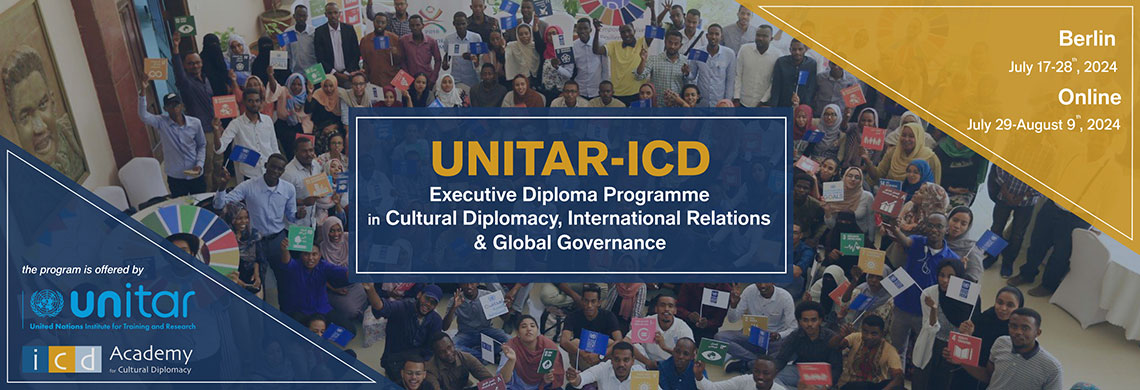
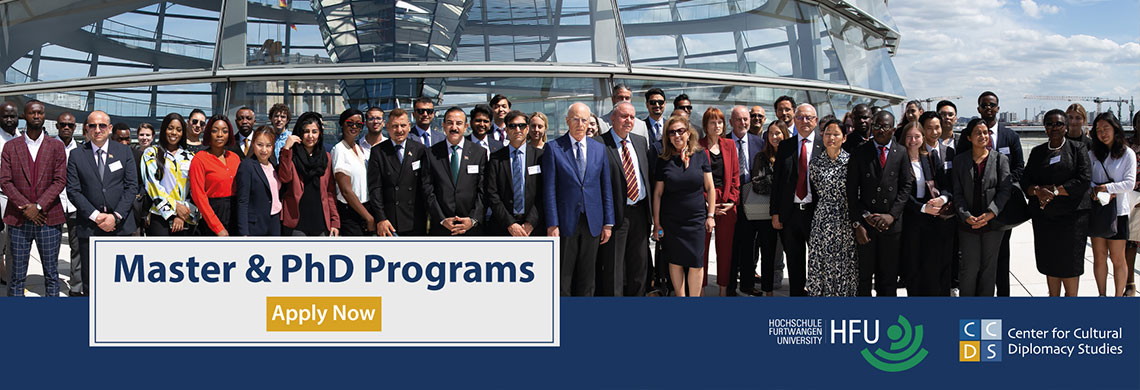
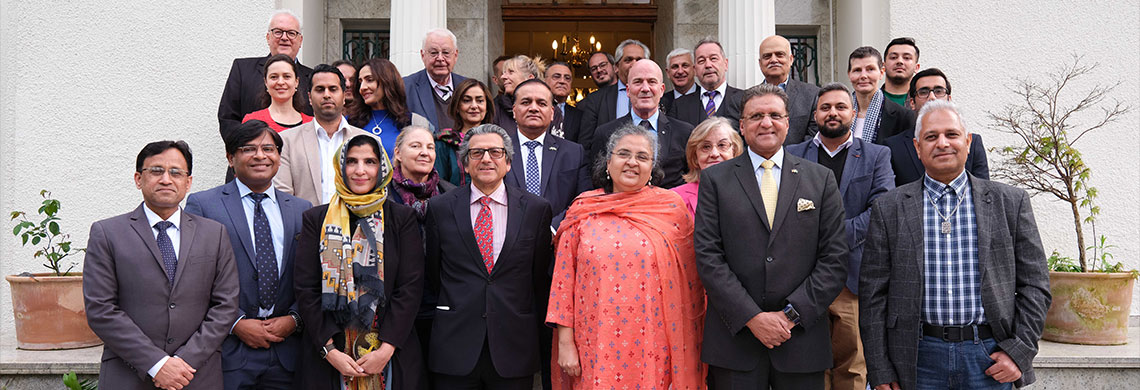
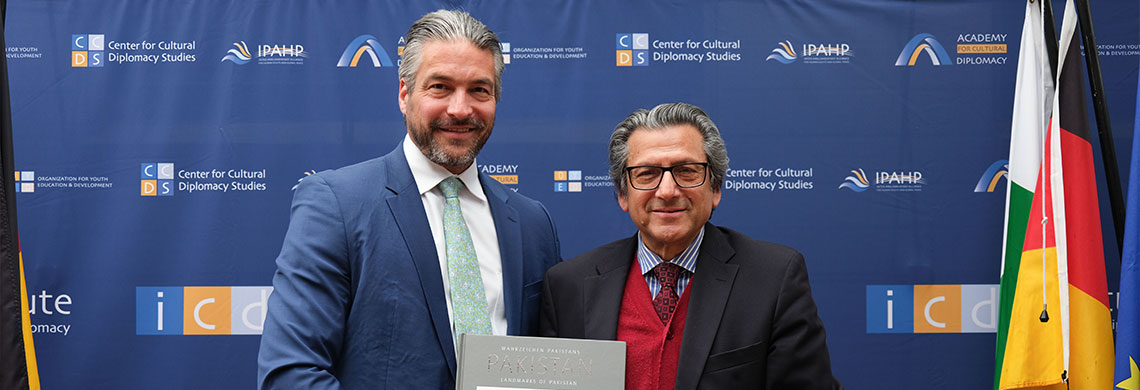
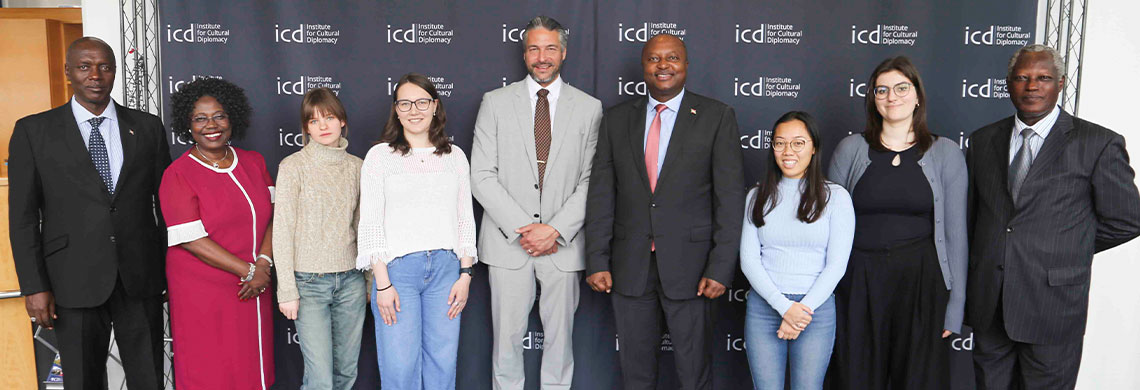
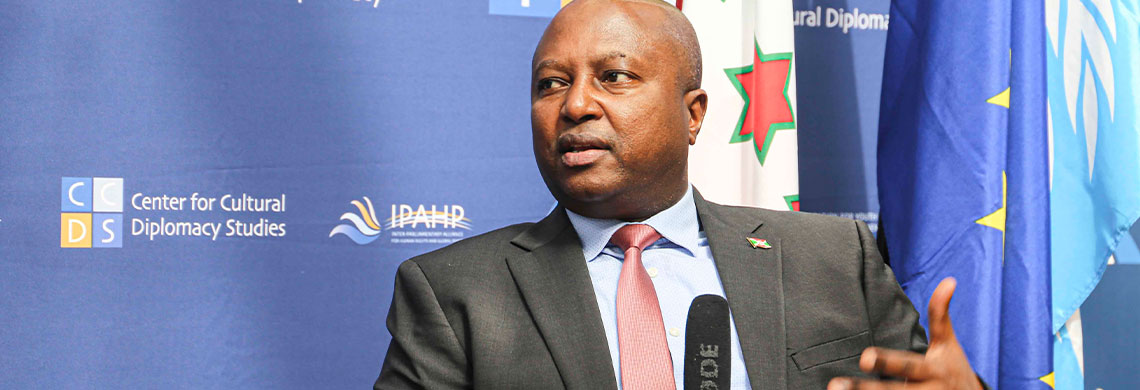
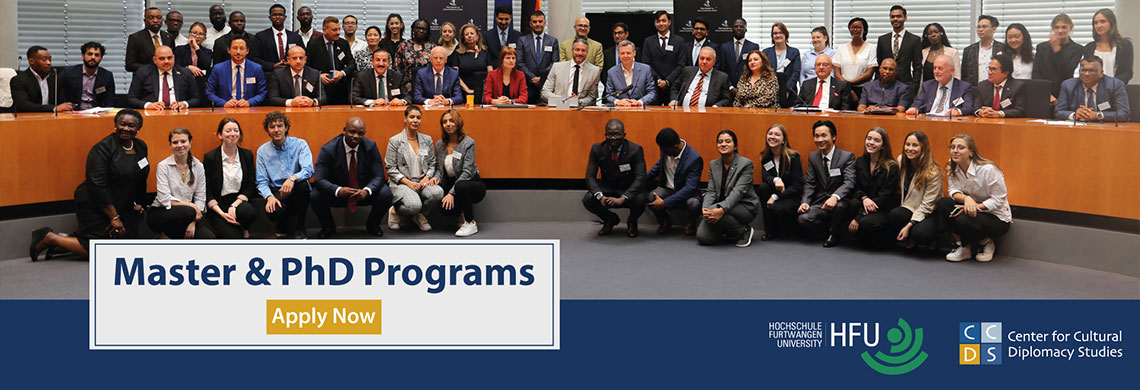
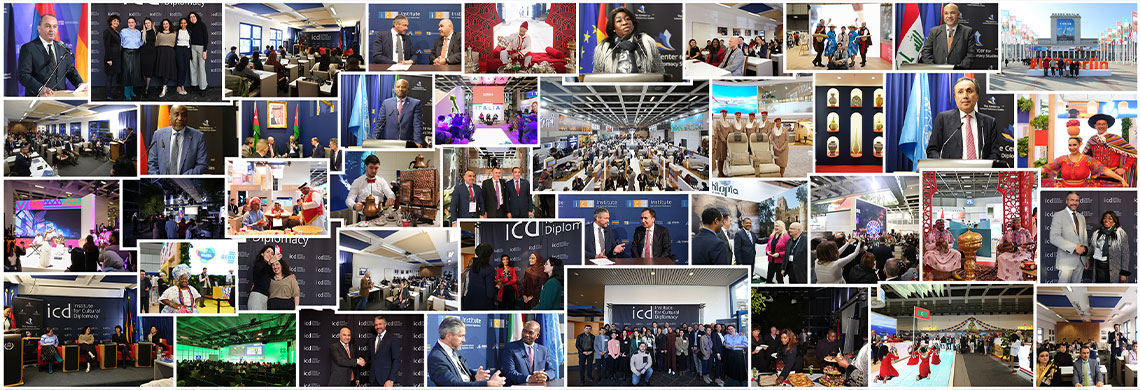
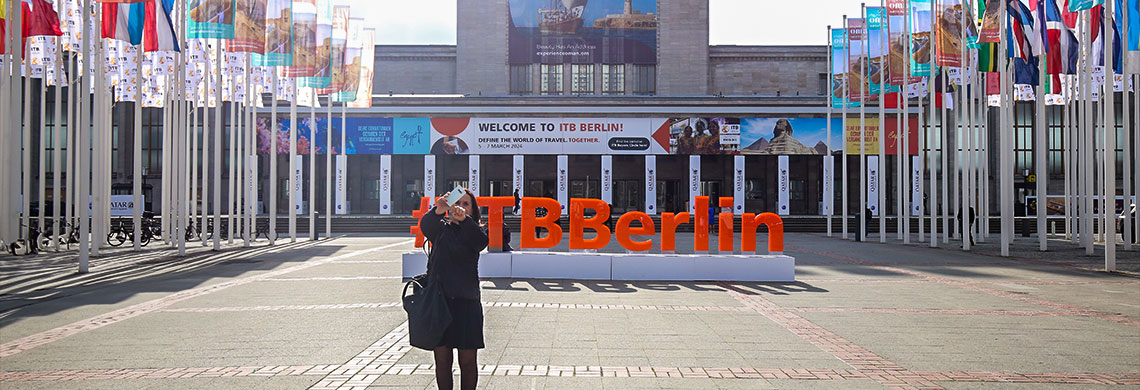

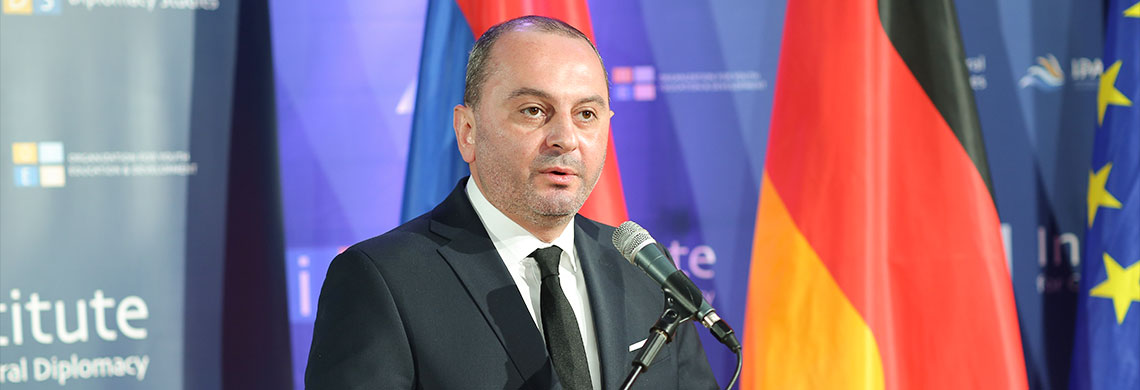
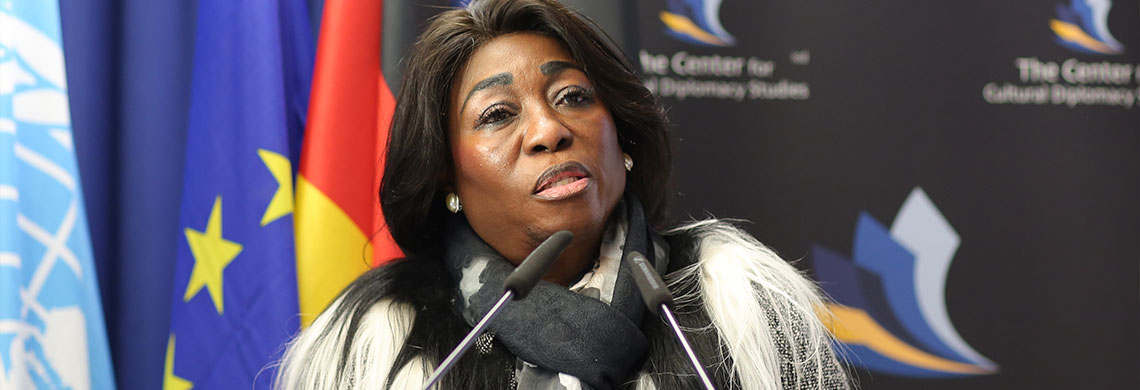
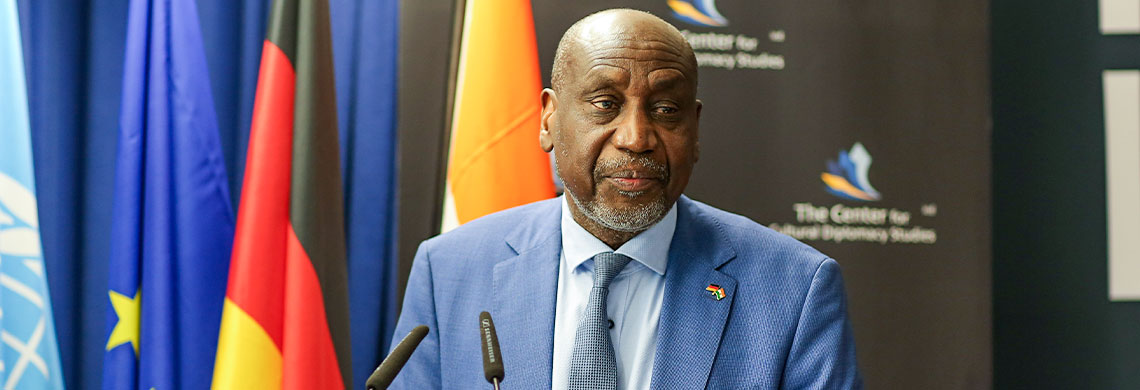
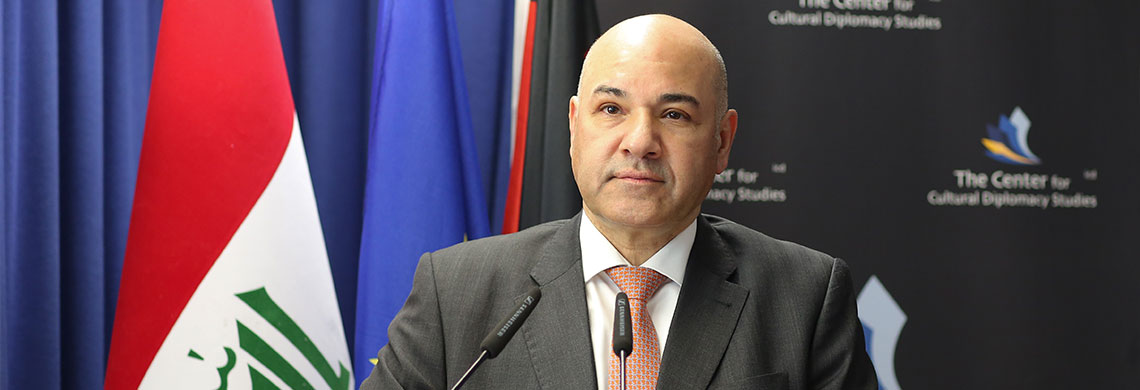
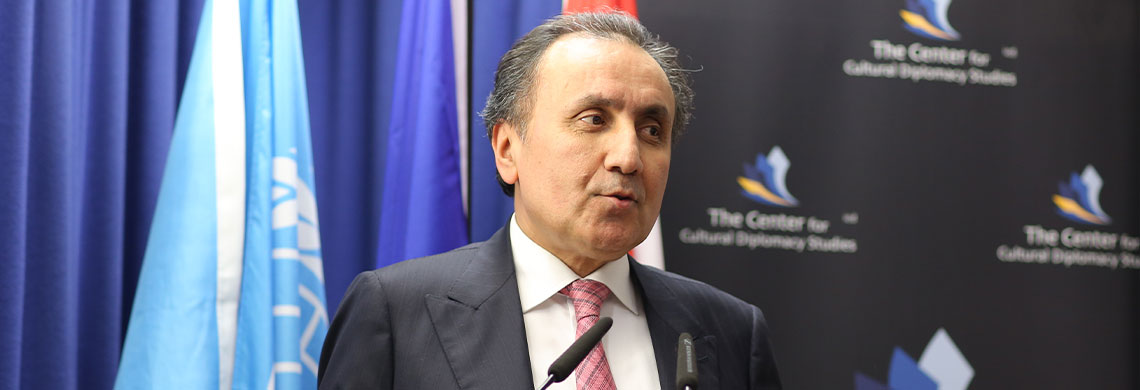




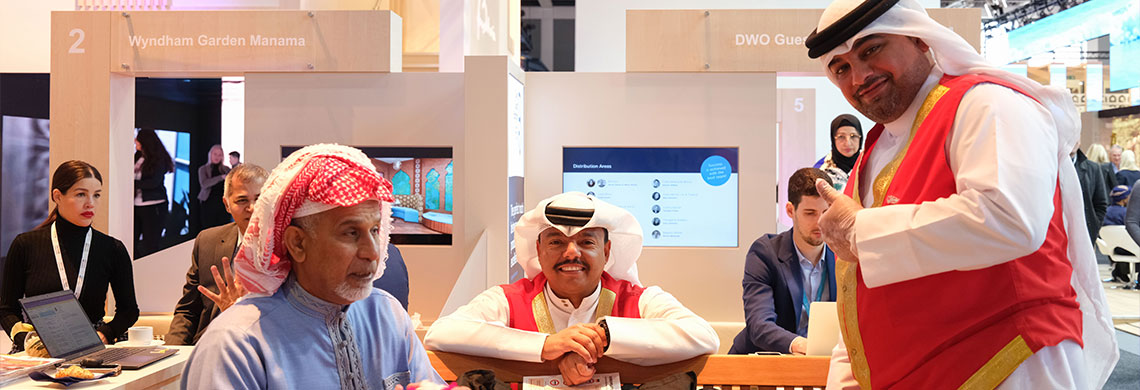



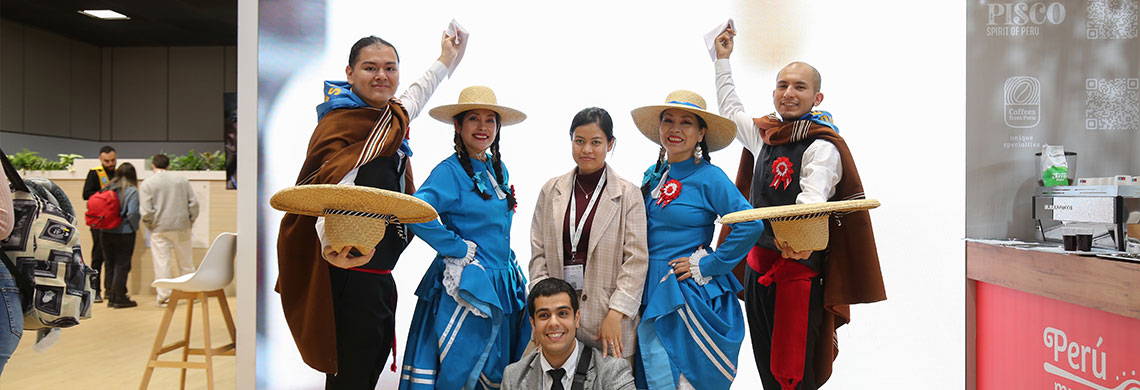
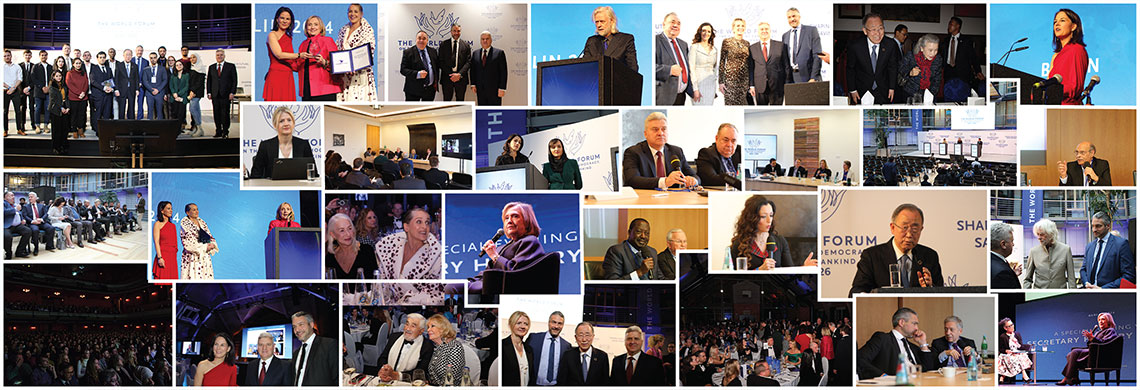
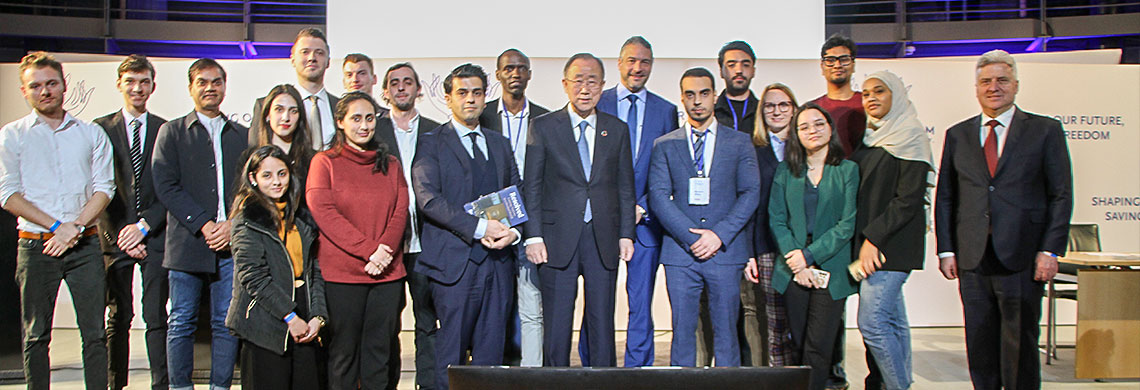
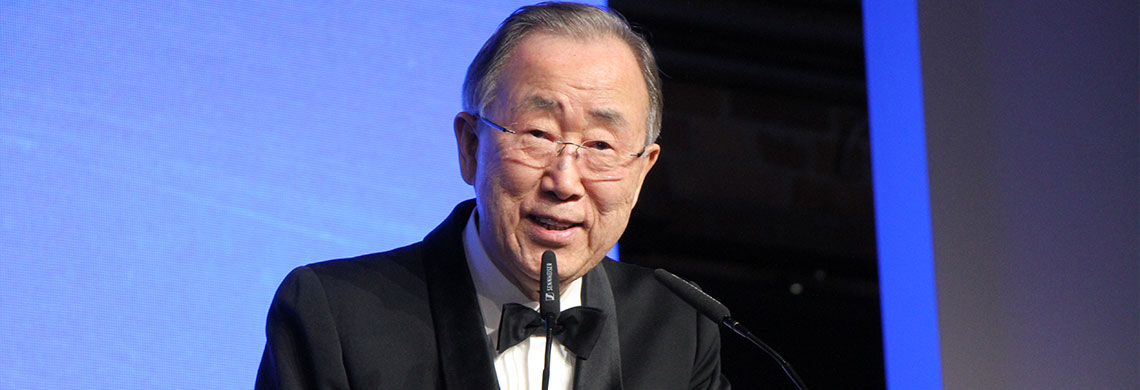
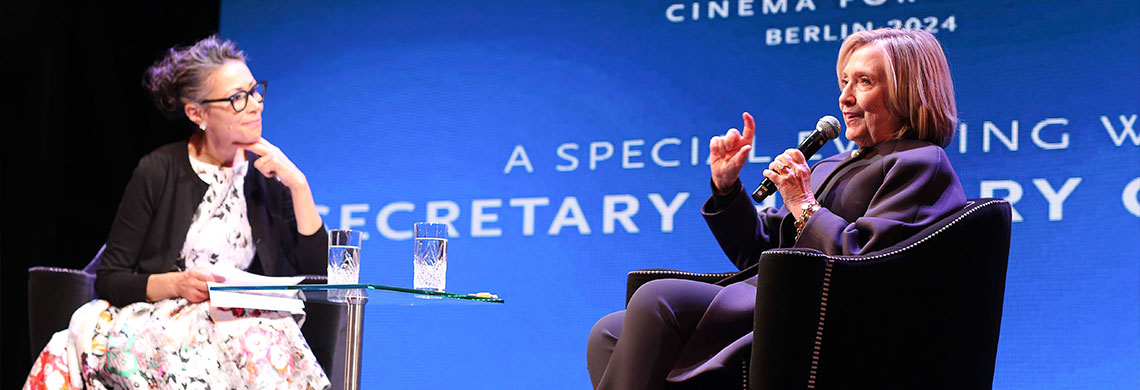

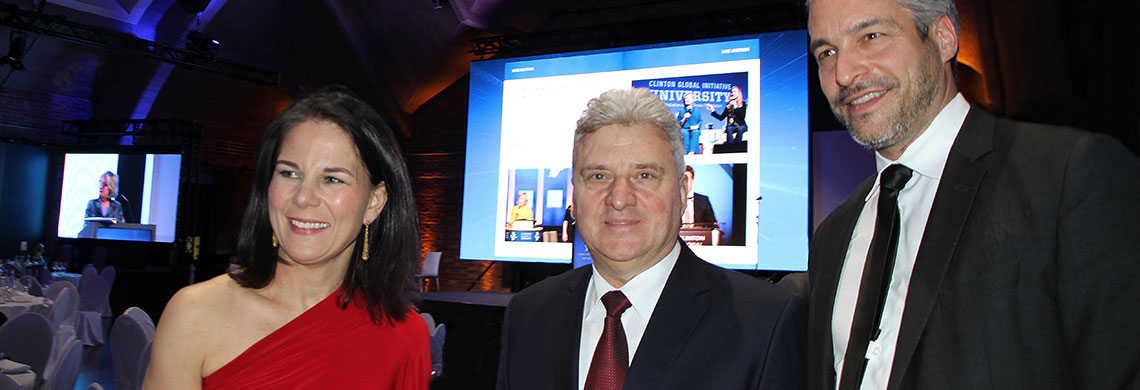
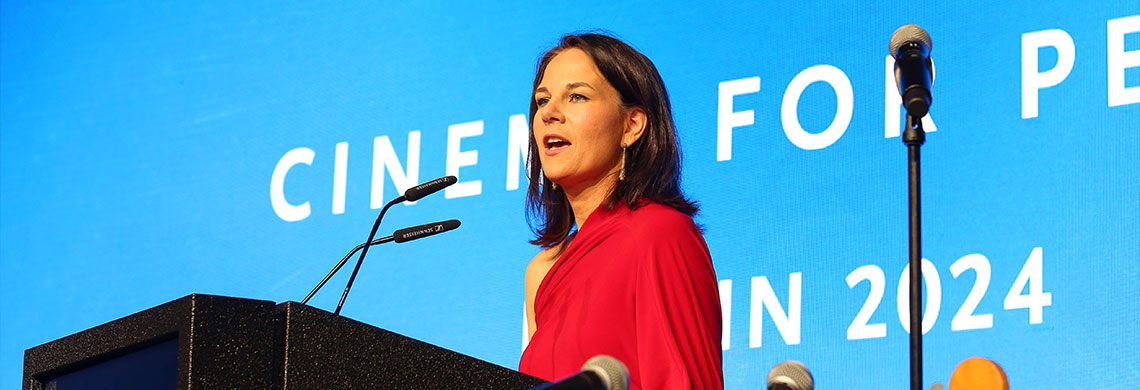
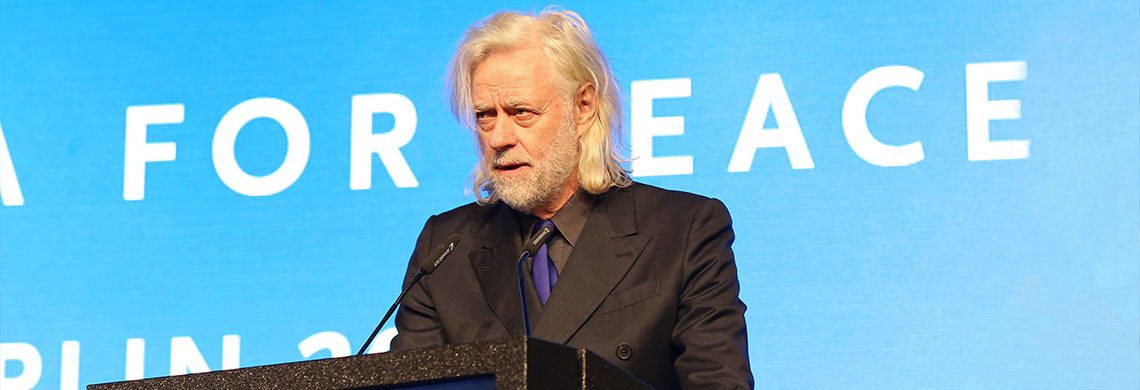


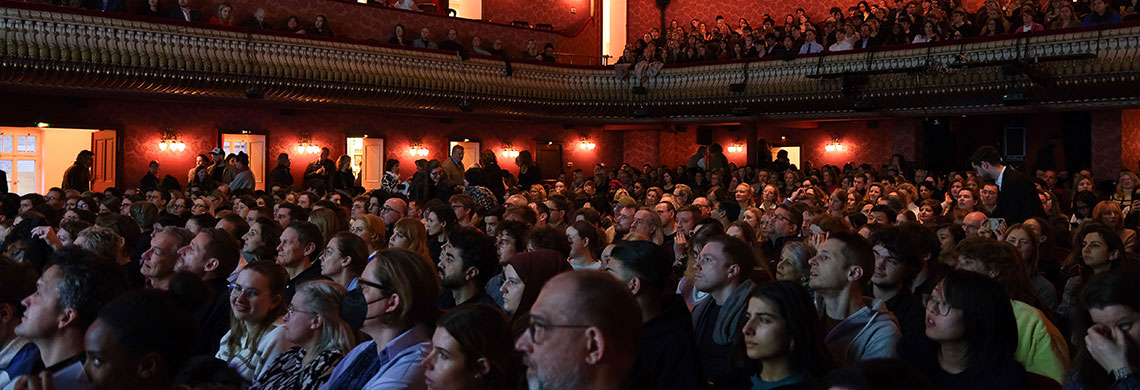
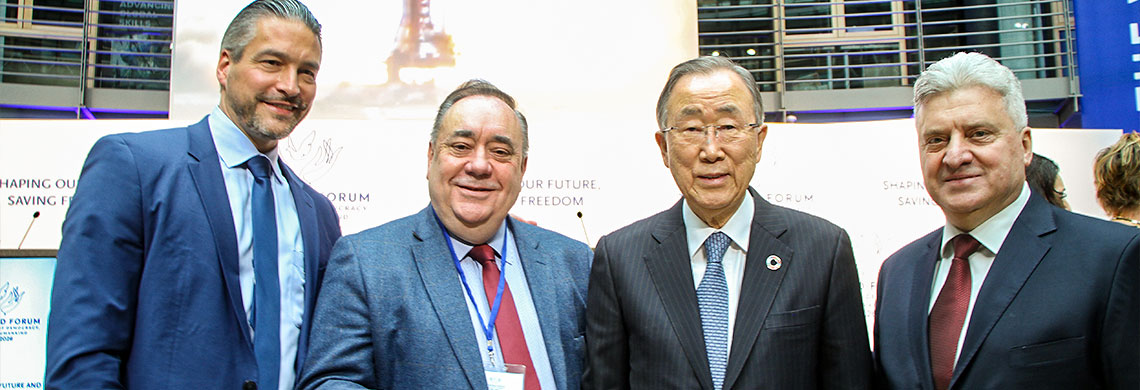

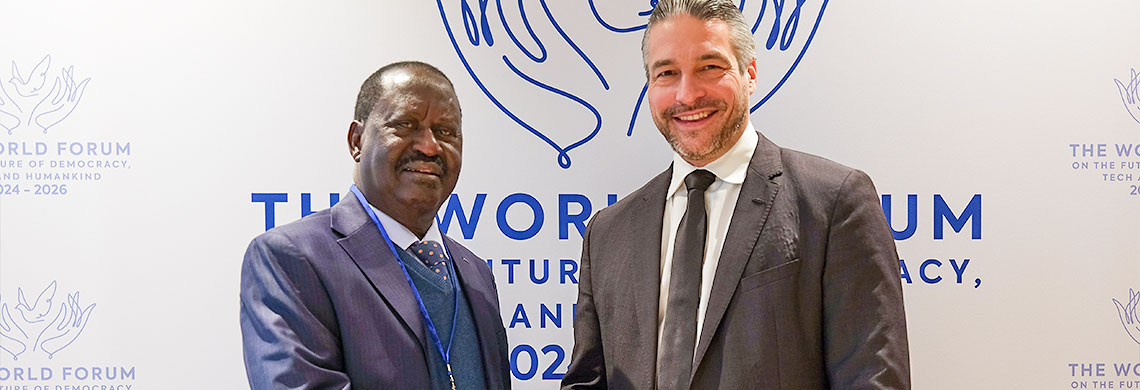
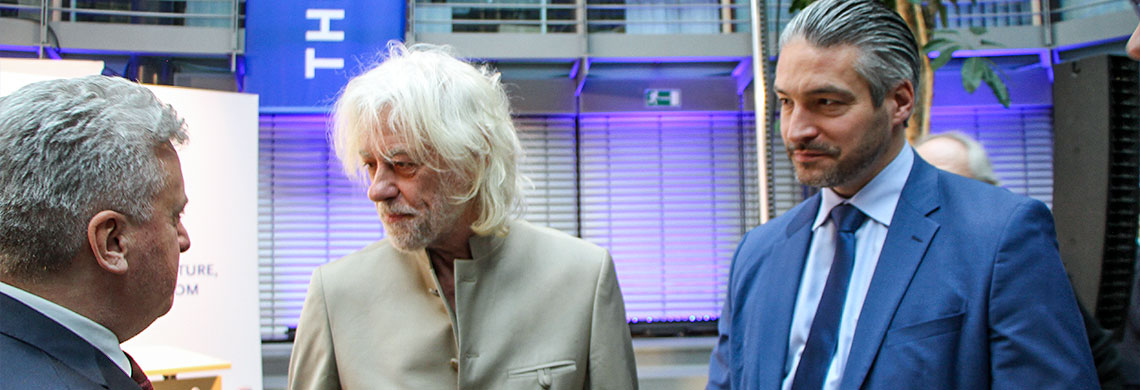
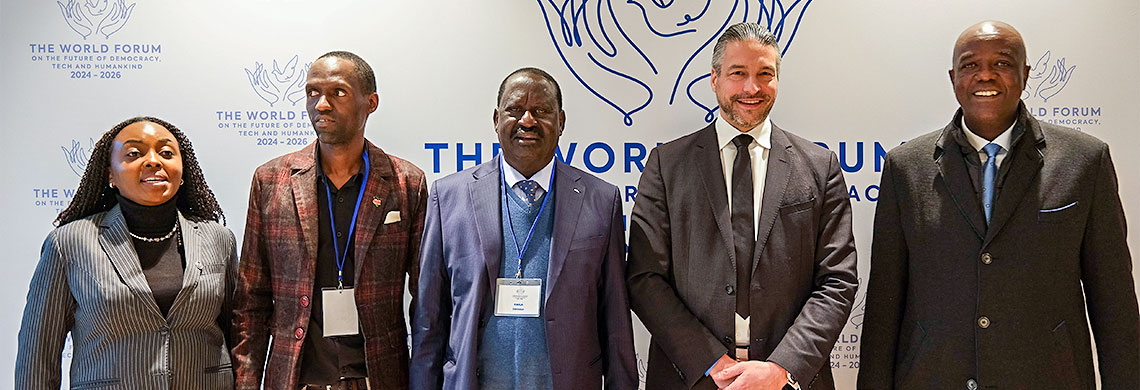
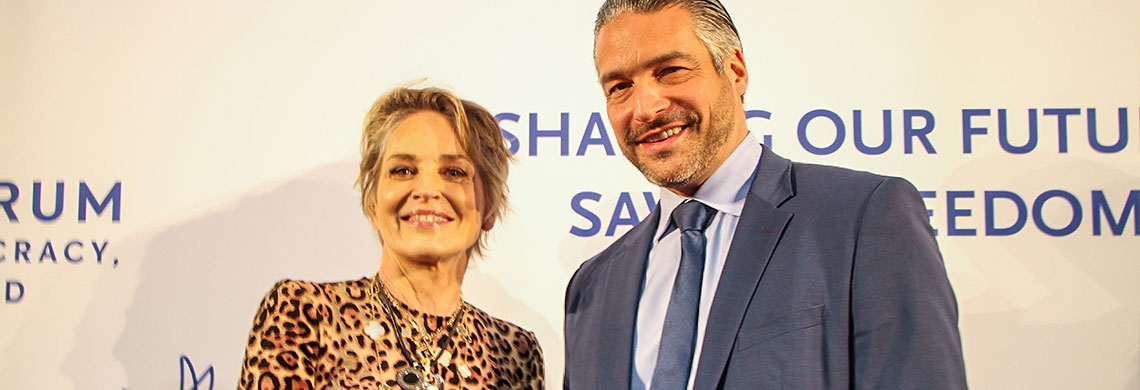
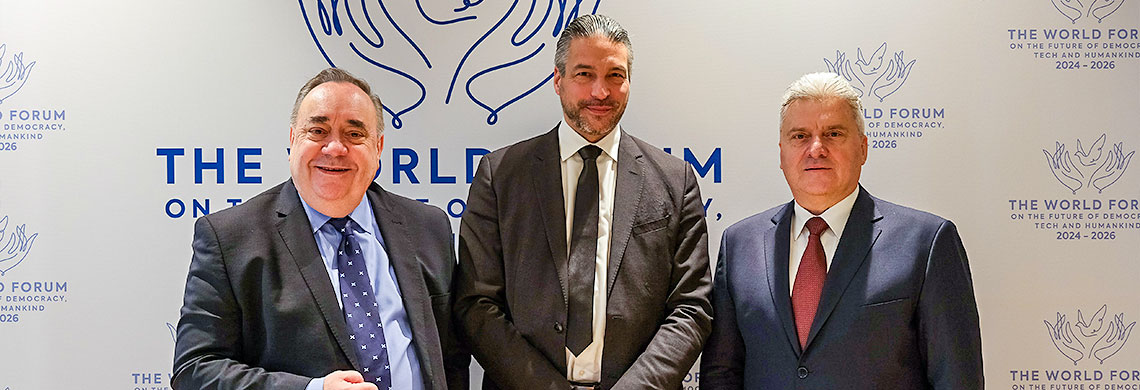
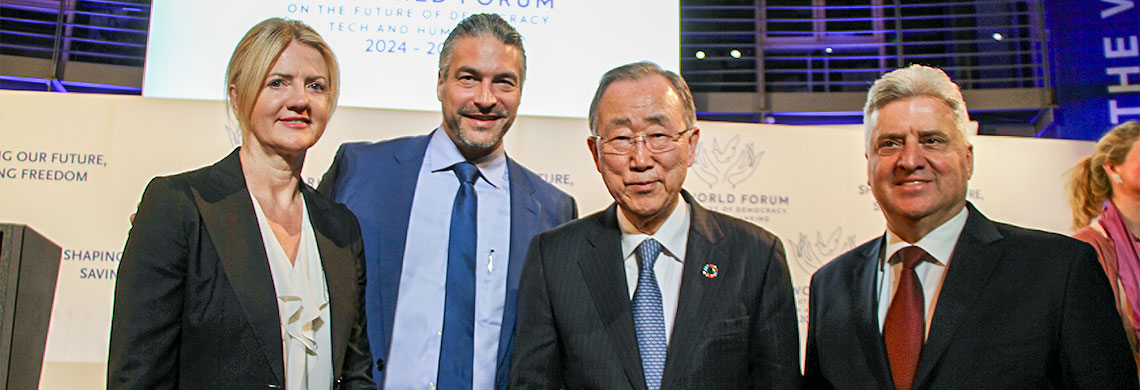
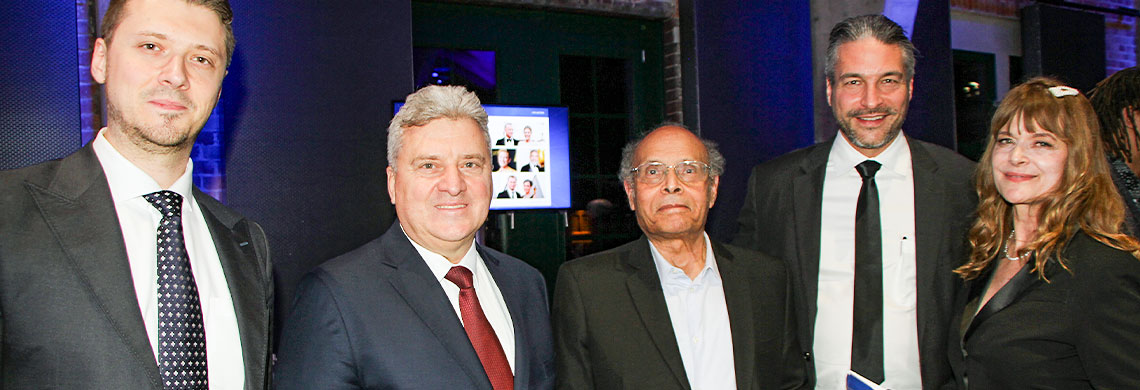
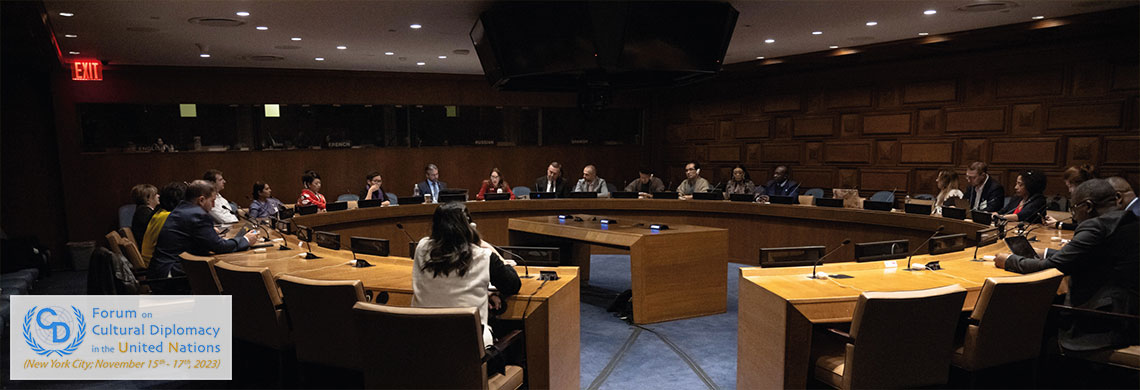
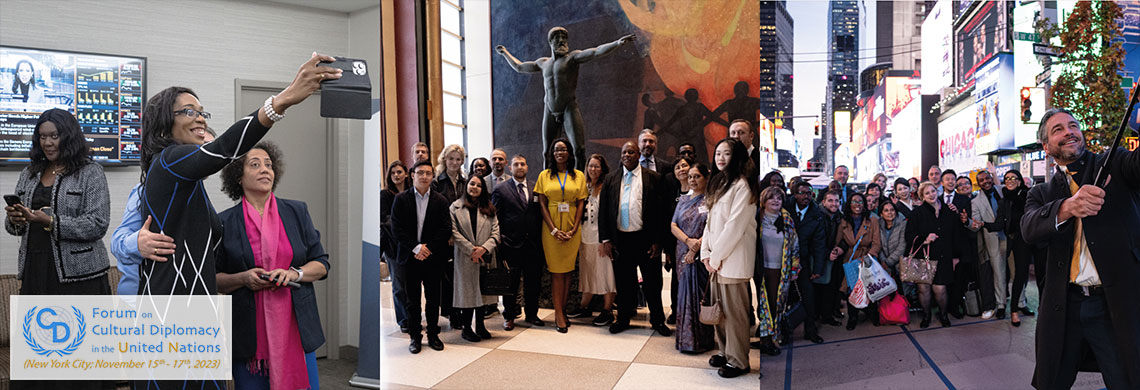
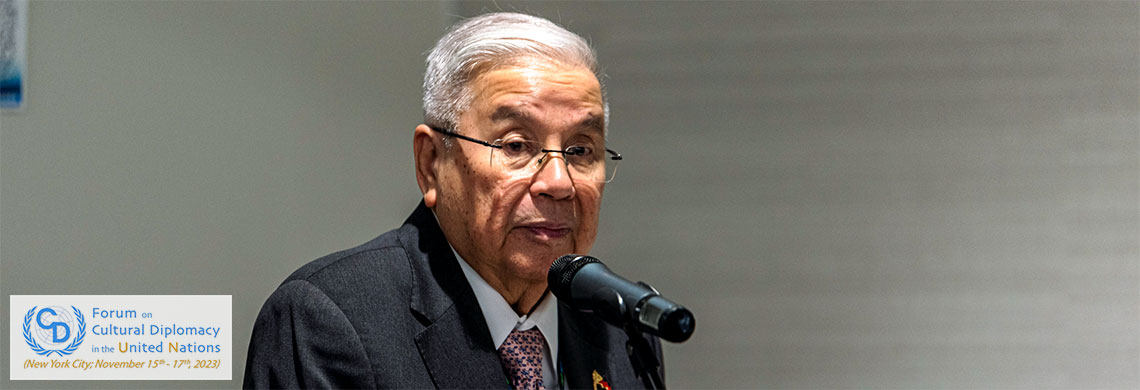
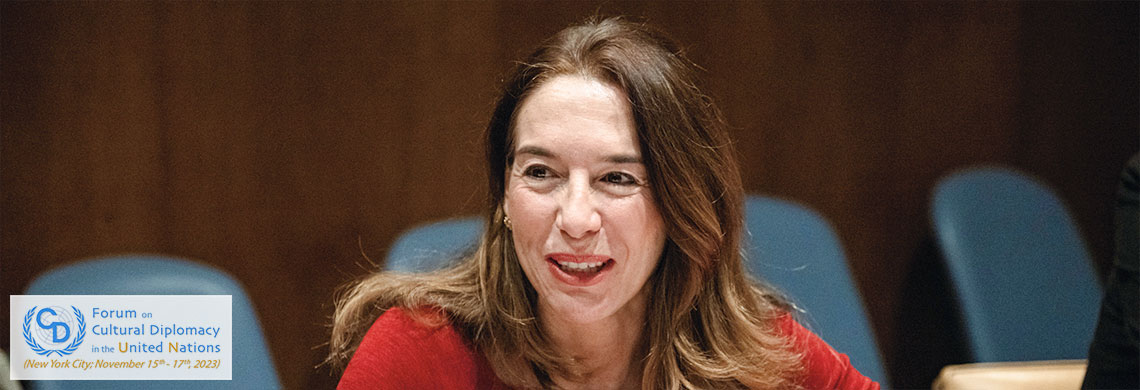

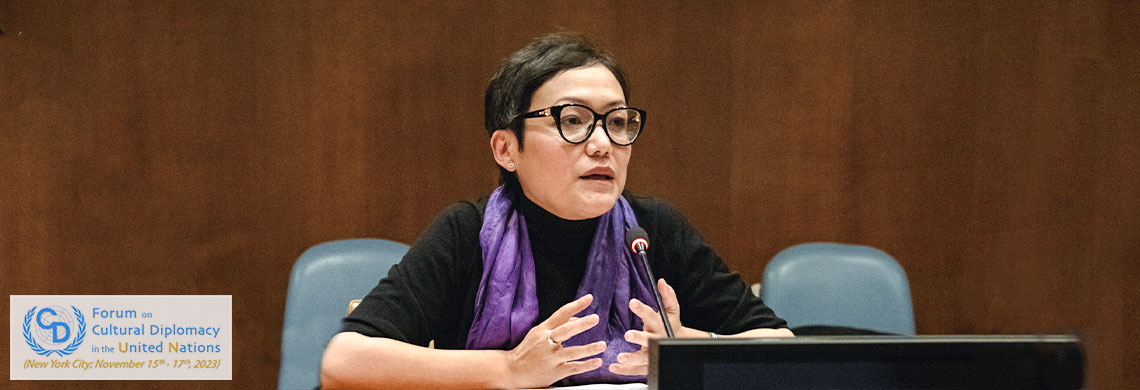
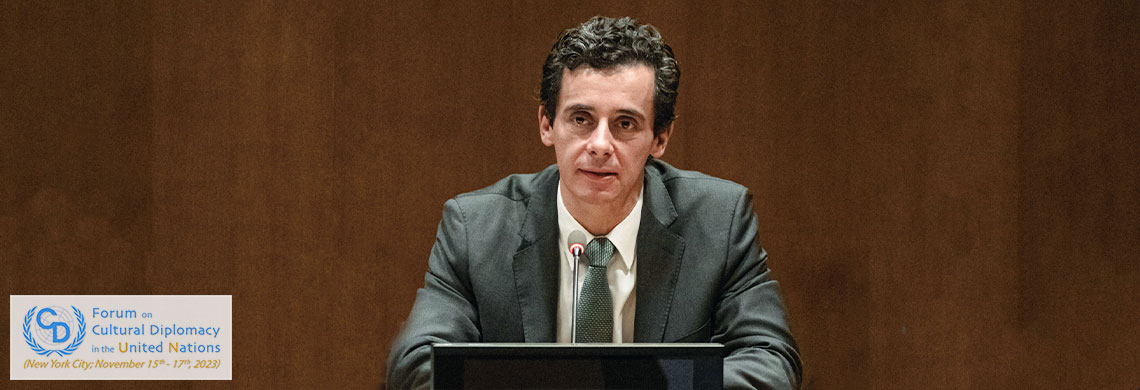
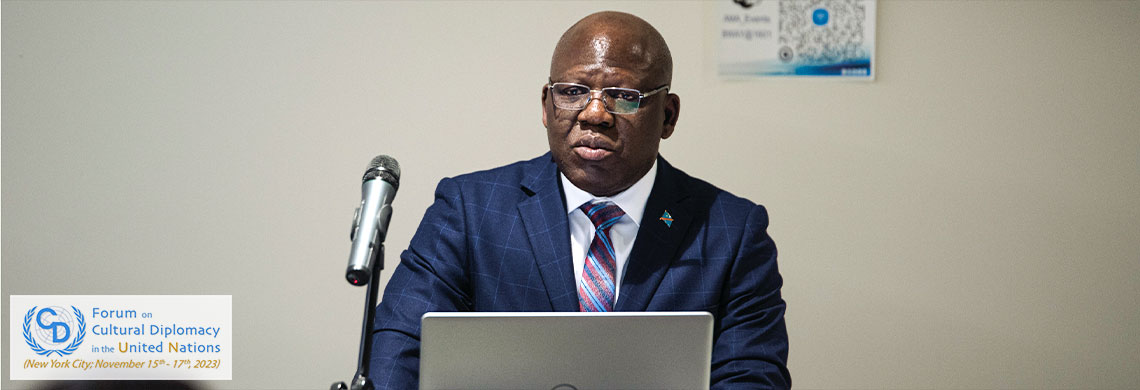
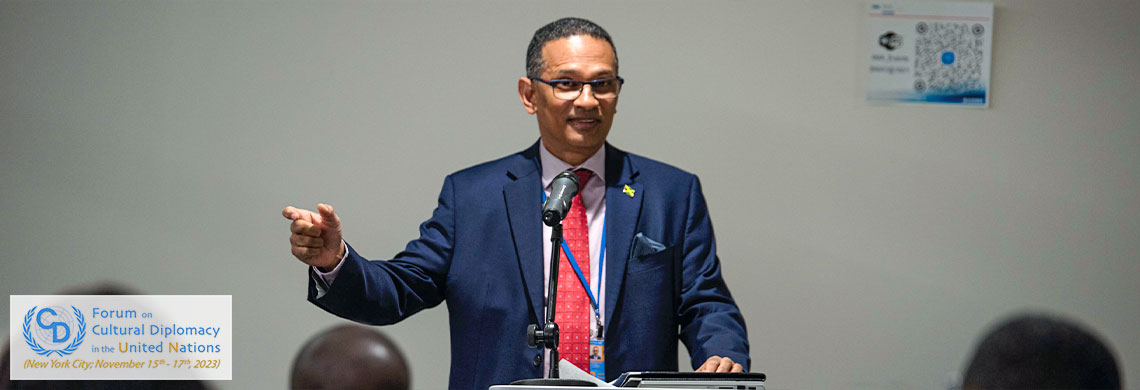
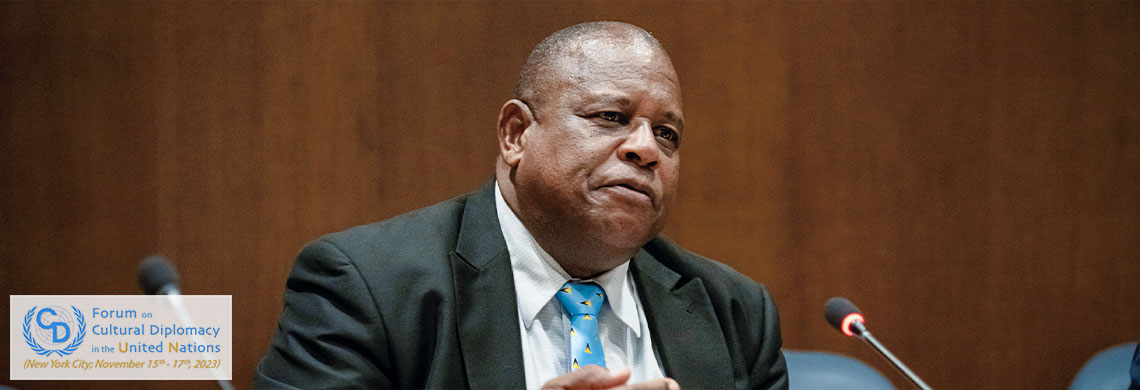
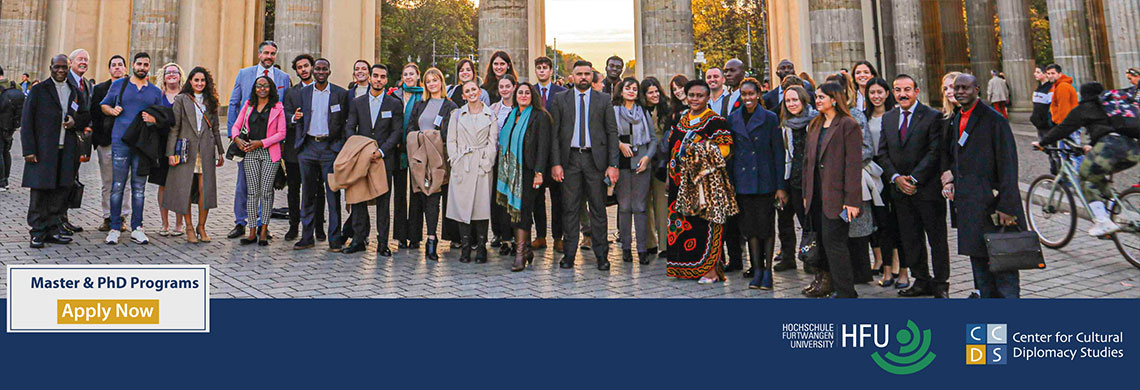
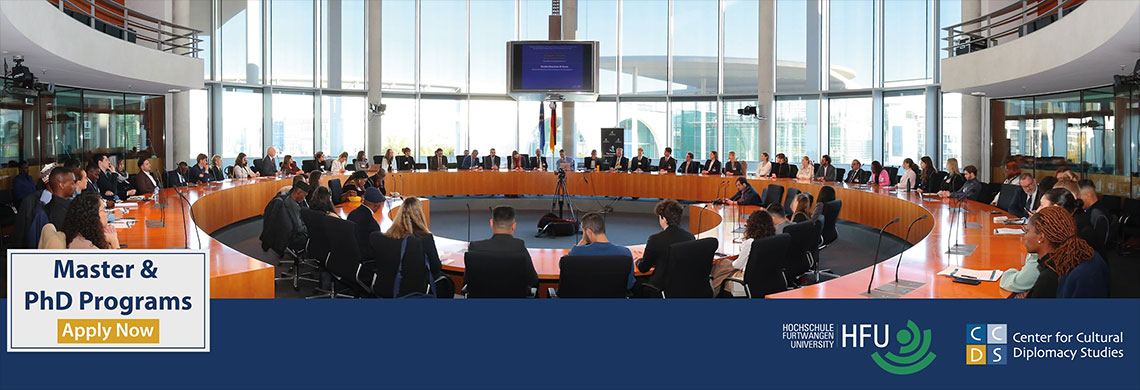
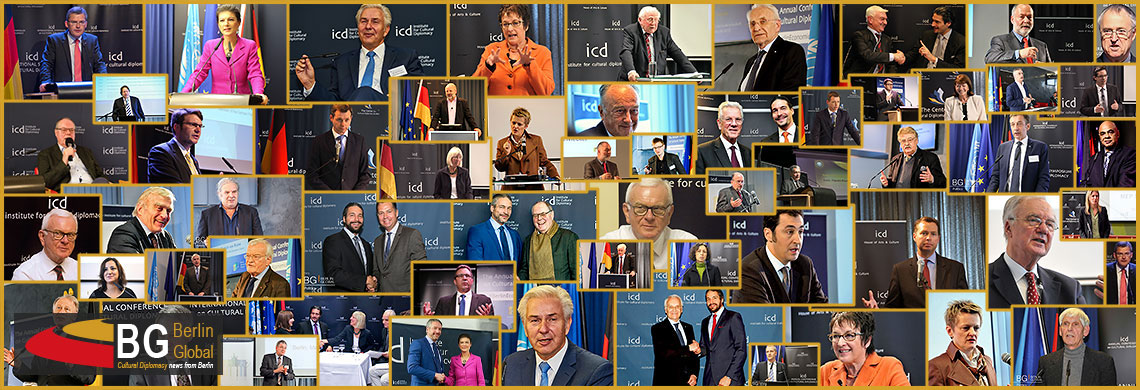
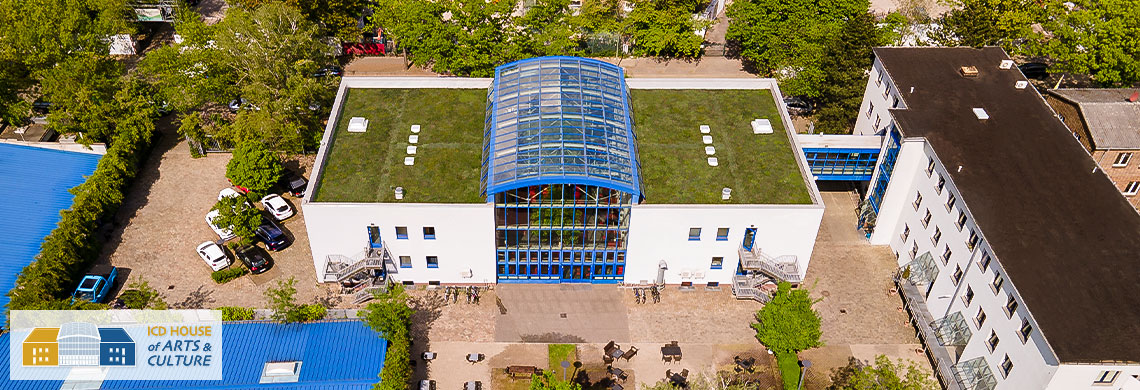
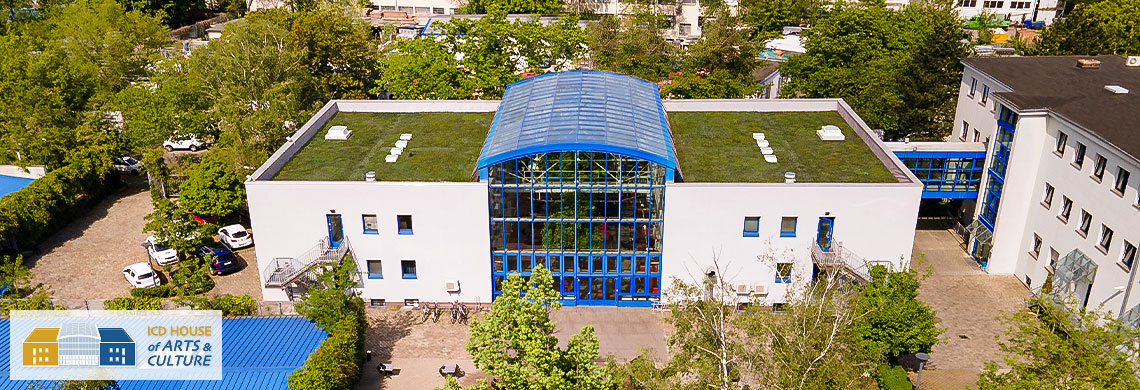







![the_fall_of_the_berlin_wall_1989[1].jpg](content/images/the_fall_of_the_berlin_wall_1989[1]_150x96-c1s4q95.jpg)

